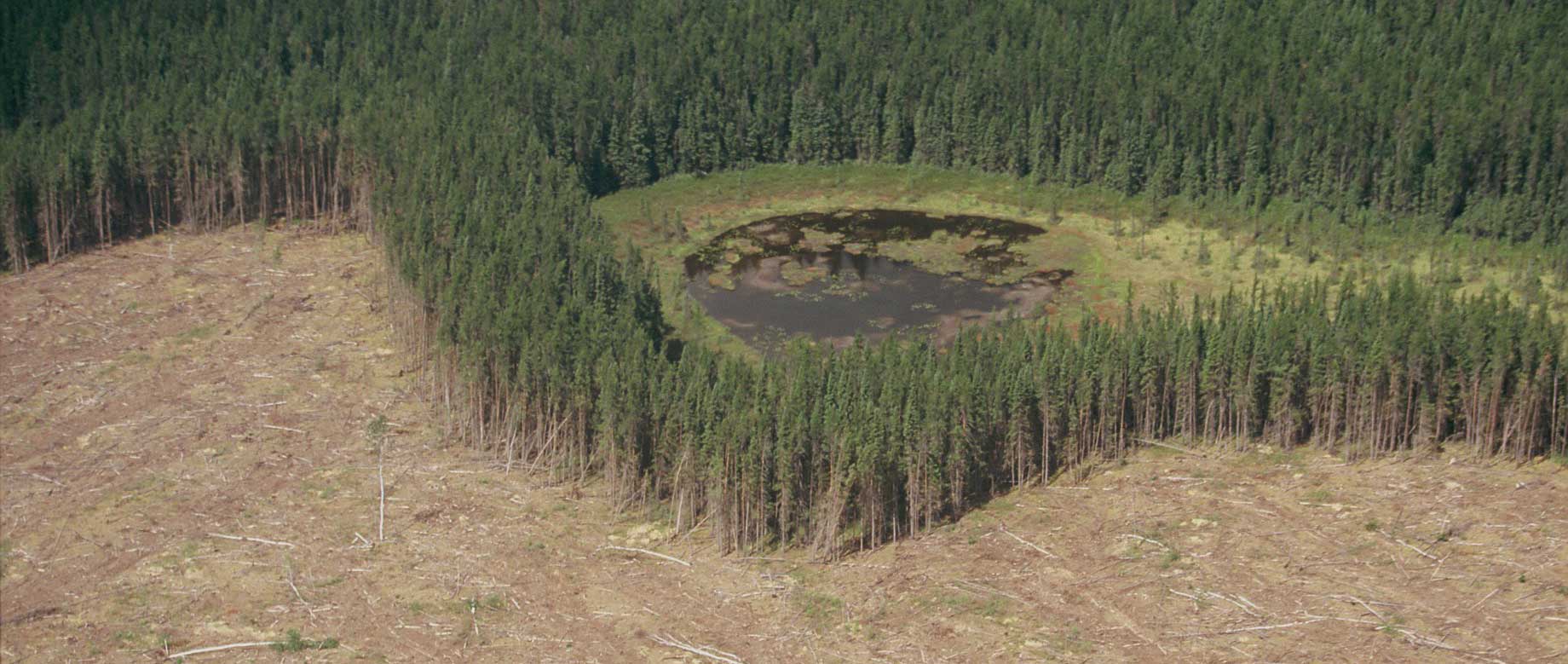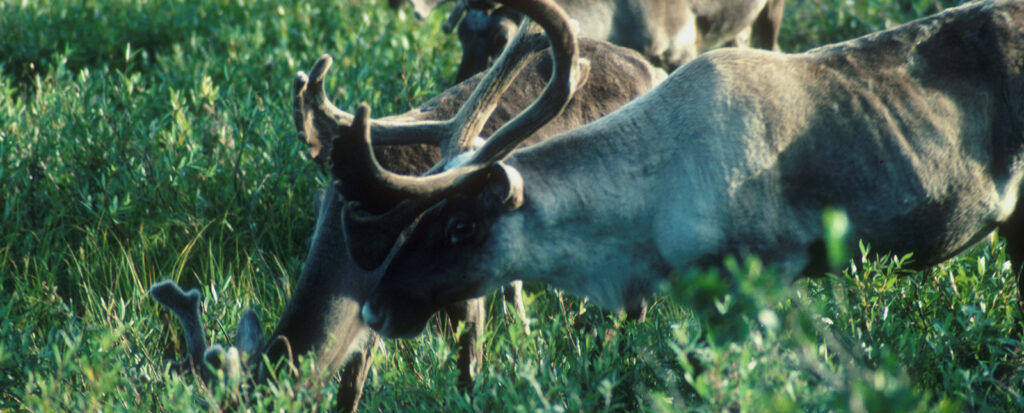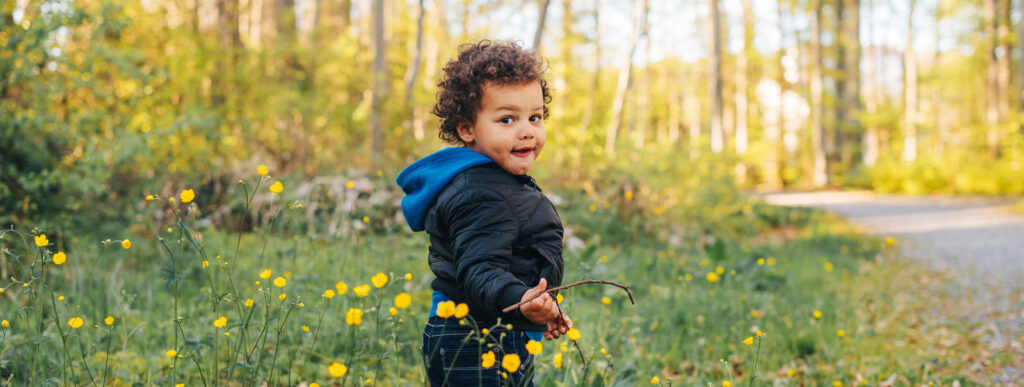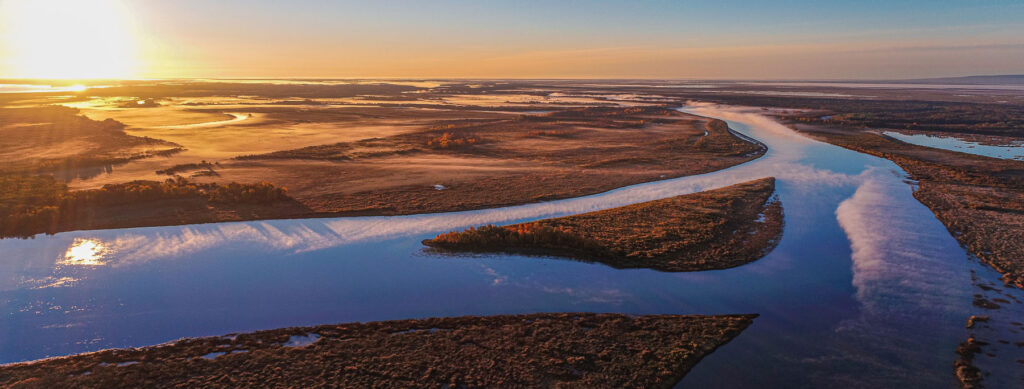Being a renewable energy super-power can be the wind that flies our flag, say environmental leaders
*Originally published in the Hill Times, 11-June-2025
I’m writing on behalf of the heads of Canada’s largest environmental organizations, including WWF Canada, Environmental Defense, Équiterre, Greenpeace Canada, Sierra Club Canada, West Coast Environmental Law, Nature Canada, The David Suzuki Foundation, Stand.earth, and the Canadian Parks and Wilderness Society (CPAWS).
Prime Minister Mark Carney has responded to the imminent threat posed by U.S. tariffs with decisive action in the form of the Building Canada Act and we felt it was urgent to respond as one voice.
At its core, the Act aims to fast-track infrastructure deemed in the “national interest.” But without a clear definition of what that interest is — and without the proper safeguards — it risks repeating the ecological and social failures of Canada’s past.
Bill C-5 is walking backwards into the future if it aims to support an outdated and expensive fossil fuel industry while moving in the direction of more climatic and environmental breakdown. This would leave us open to repeating the grave mistakes of the past, ecological and human disasters such as DDT, leaded gasoline, mercury-poisoned rivers, fisheries collapses, the Sydney tar ponds, numerous mine disasters, and more climate-harming methane and CO2 emissions.
A “One Canadian Economy” must defend nature, reinforce environmental and climatic protection, and embrace renewable energy. This new vision for prosperity recognizes that these are the foundations of national security and sovereignty. What we build is just as important as how we build it, and will define Canada’s economic and ecological legacy.
What if nation-building looked like…
A modernized, east-west electricity grid connecting Canadians with clean, reliable power — reducing emissions, lowering costs, and ensuring energy independence.
High speed rail, starting with high-speed rail links between Calgary and Edmonton, and Windsor and Quebec, built in partnership with Indigenous Nations. This will unlock new corridors of economic activity while cutting pollution.
Expanded public transit services to serve rural and remote communities that have, for too long, been left out in the cold regarding affordable, sustainable, and safe ways to get around.
Photo: Off-shore wind turbines by Chris RT
Building new, energy-efficient homes on a massive scale using durable, low-carbon building materials made in Canada and investing in heat pump manufacturing or assembly plants which will create thousands of new jobs.
Turning Canada into a renewable energy superpower — not a petrostate — means investing in the solar, wind, geothermal, and storage projects that communities want, located in places that avoid sensitive ecosystems and species and respect the ecological limits of ecosystems already strained by past industrialization. It means nature-based climate solutions, like restoring wetlands, forests, agricultural lands, and peatlands that protect biodiversity while absorbing and trapping carbon.
These are the kinds of projects Canadians want their tax dollars to support — bold, transformative, and forward-looking.
Photo: Wildfire by Tandem Stock
We have a rich legacy of public investments that changed our country for the better. Projects that defend what we love while preparing us for what’s next. We can show the world what acts of collective imagination and long-term thinking can achieve.
Today, with climate disasters escalating — wildfires forcing evacuations, choking cities with smoke — there is no room for short-sighted decisions that gamble with our future. So, if nation-building means steamrolling environmental protections and sidelining Indigenous rights, it’s not progress — it’s a step backward.
As it stands, the federal government’s proposed Building Canada Act risks being little more than a focused attack on environmental safeguards and democratic process to further corporate interests.
Bill C-5, as introduced in the House of Commons on June 6th, gives Cabinet broad authority to designate “national interest” projects and rush them through, circumventing multiple environmental laws — including the Species at Risk Act, Fisheries Act, and Canadian Environmental Protection Act. This is contrary to the rule of law.
If the bill passes as is, it threatens to silence science, weaken public oversight, and ignore Indigenous rights. Promising “consultation” while fast-tracking approvals is not reconciliation. It’s disingenuous regression.
The bill’s approach is rooted in an outdated idea of progress. If the goal is to build faster, the answer isn’t fewer rules — it’s applying our time-tested, evidence-based rules to help identify win-win projects that move quickly because they are true to scientific and health evidence, and align with our values and environmental goals, not in spite of them.

Photo: Endangered caribou calf (Rangifer tarandus) on road by Graeme J.
Prime Minister Carney, his Cabinet, and Parliament still have time to fix Bill C-5 and deliver a vision of nation-building that reflects who we are as Canadians: people who care about clean air and water, who respect Indigenous rights, and who know that real prosperity can’t come at the cost of nature.
The opportunity is now, and it is massive.
Let’s build a country our grandchildren will be proud to inherit—not just for the roads and railways we lay down, but for the wild rivers that still run free beside them.
Article written by:
Contributors:
- Maggy Burns (Ecology Action Canada Executive Director)
- Jessica Clogg (West Coast Environmental Law Association Executive Director & Senior Counsel)
- Christy Ferguson (Greenpeace Canada Executive Director)
- Gretchen Fitzgerald (Sierra Club Canada Executive Director)
- Tim Gray (Environmental Defence Executive Director)
- Megan Leslie (WWF Canada president and CEO)
- Liz McDowell (Stand.earth Senior Campaigns Director)
- Emily McMillan (Nature Canada Executive Director)
- Linda Nowlan (interim Executive Director, David Suzuki Foundation)
- Colleen Thorpe (Équiterre Directrice générale)
Banner photo: N.Mainville
Other stories you might be interested in:





